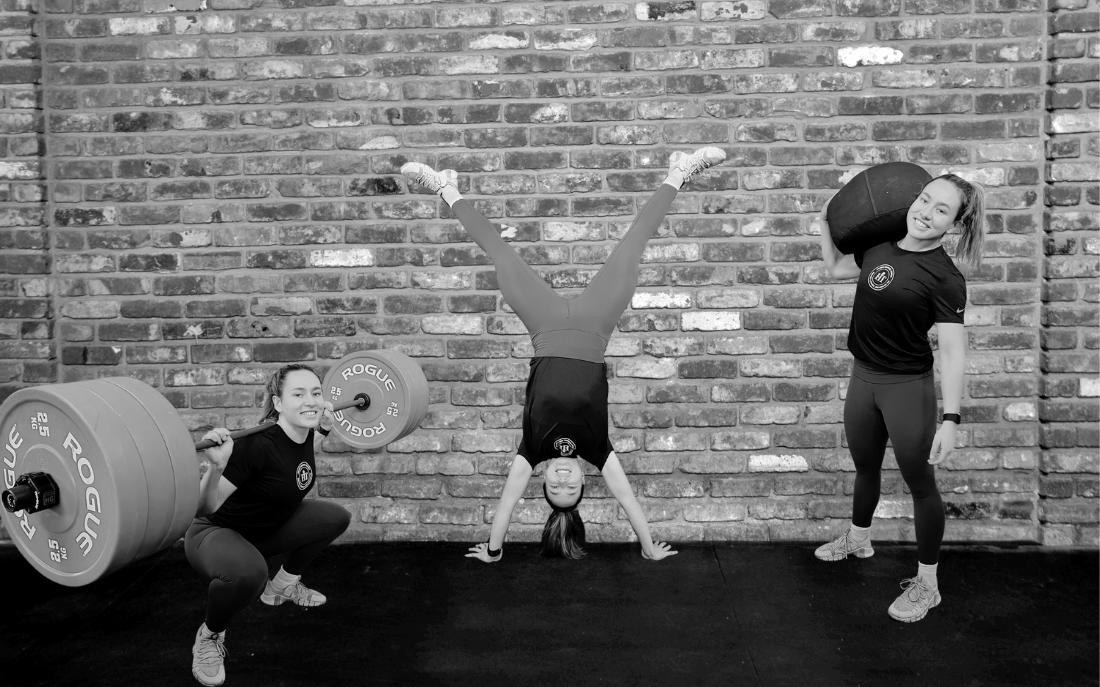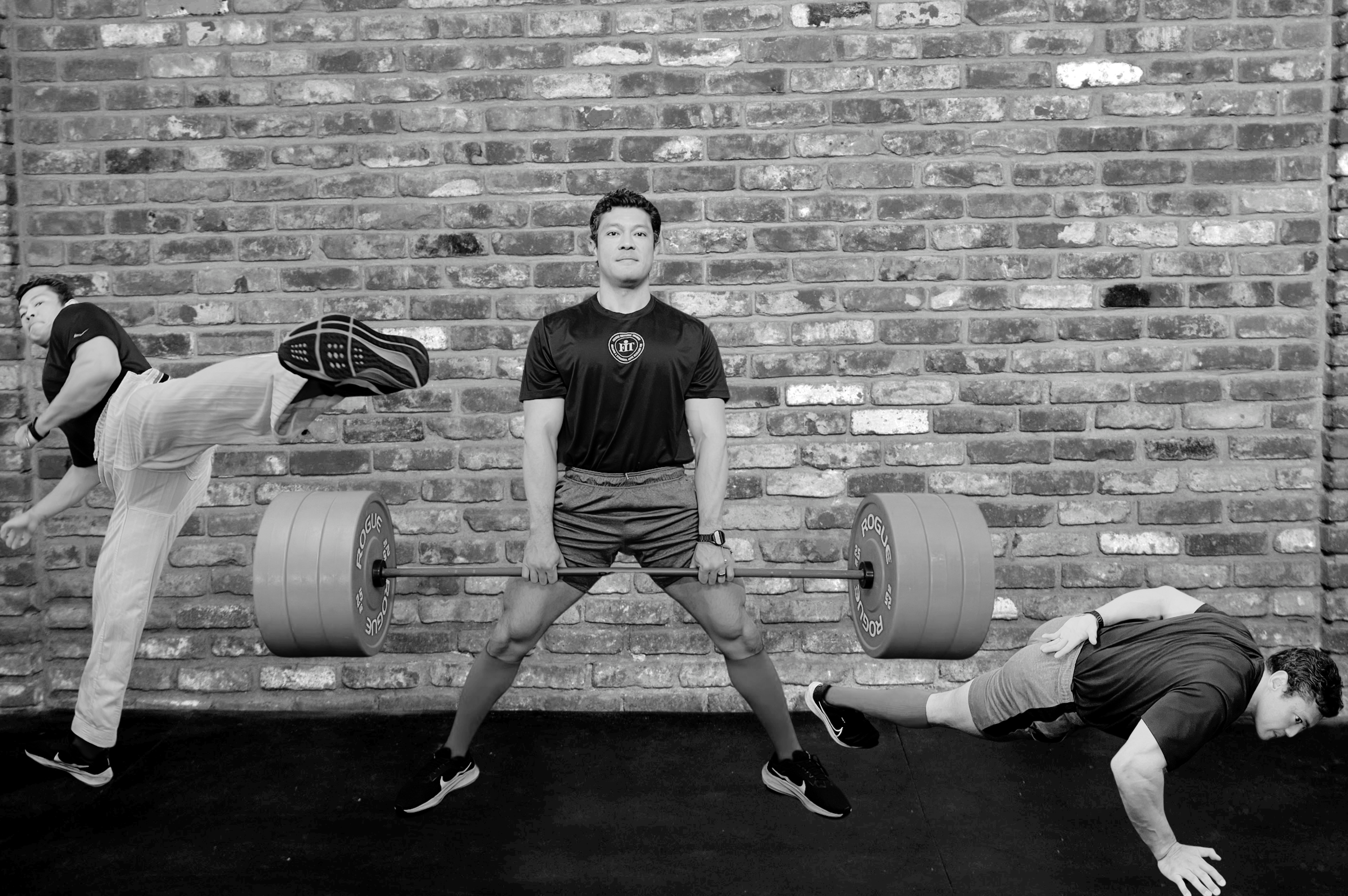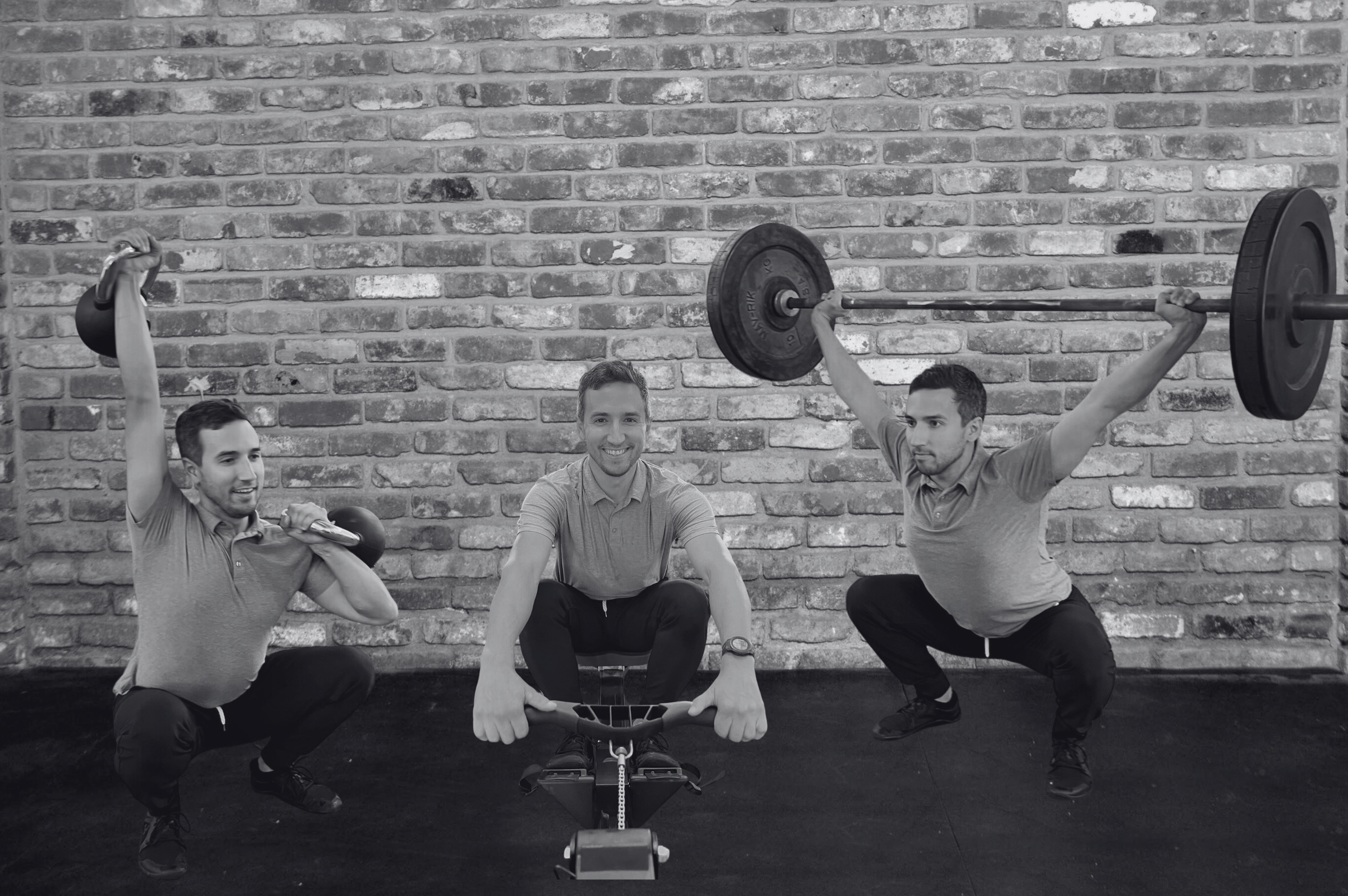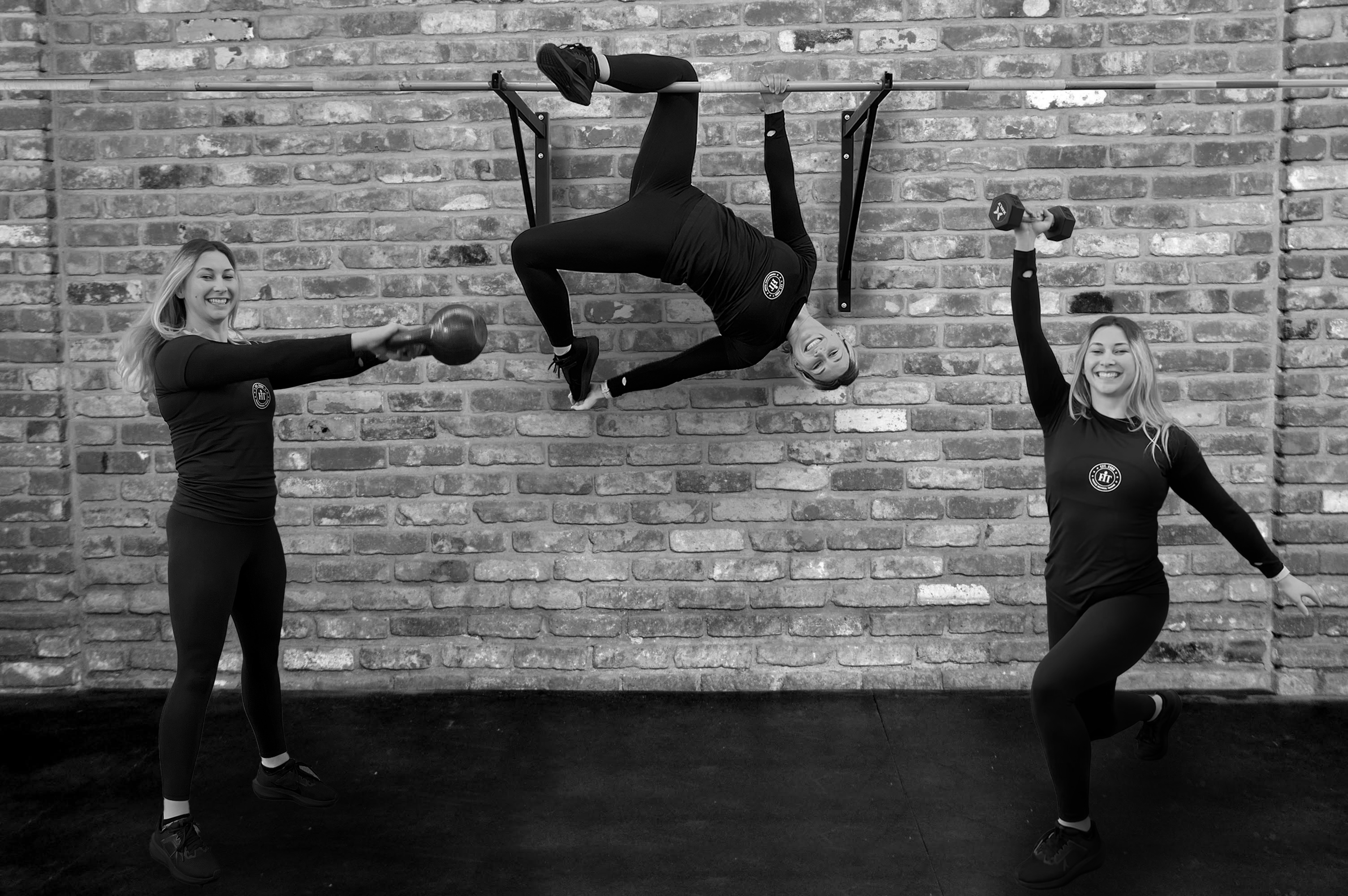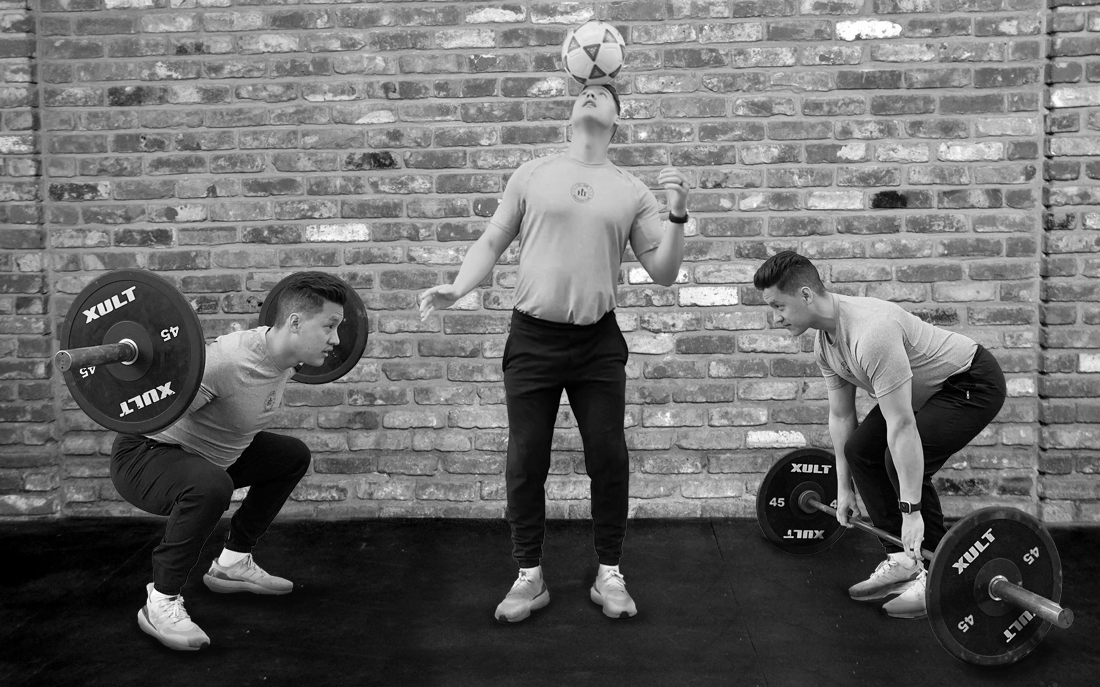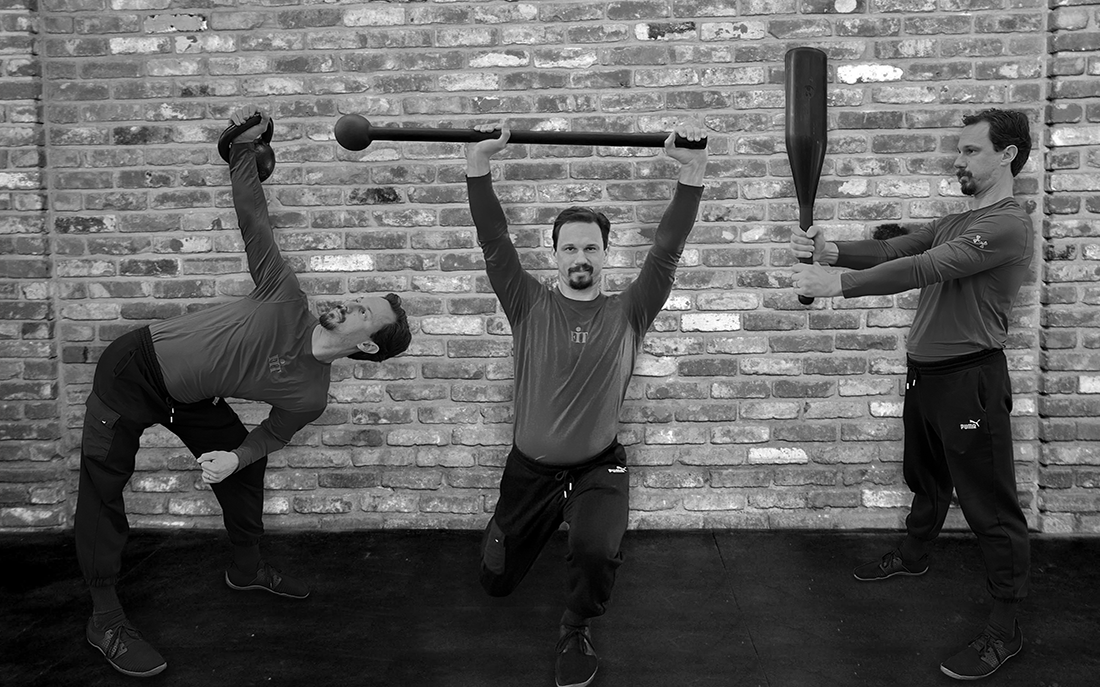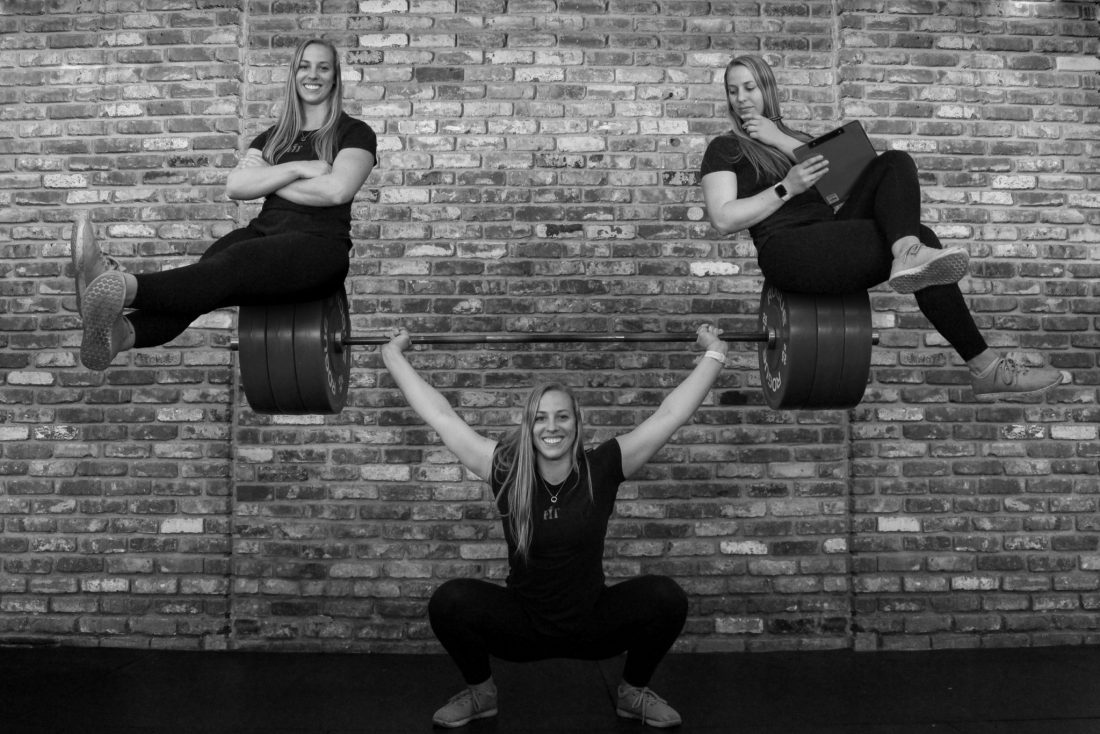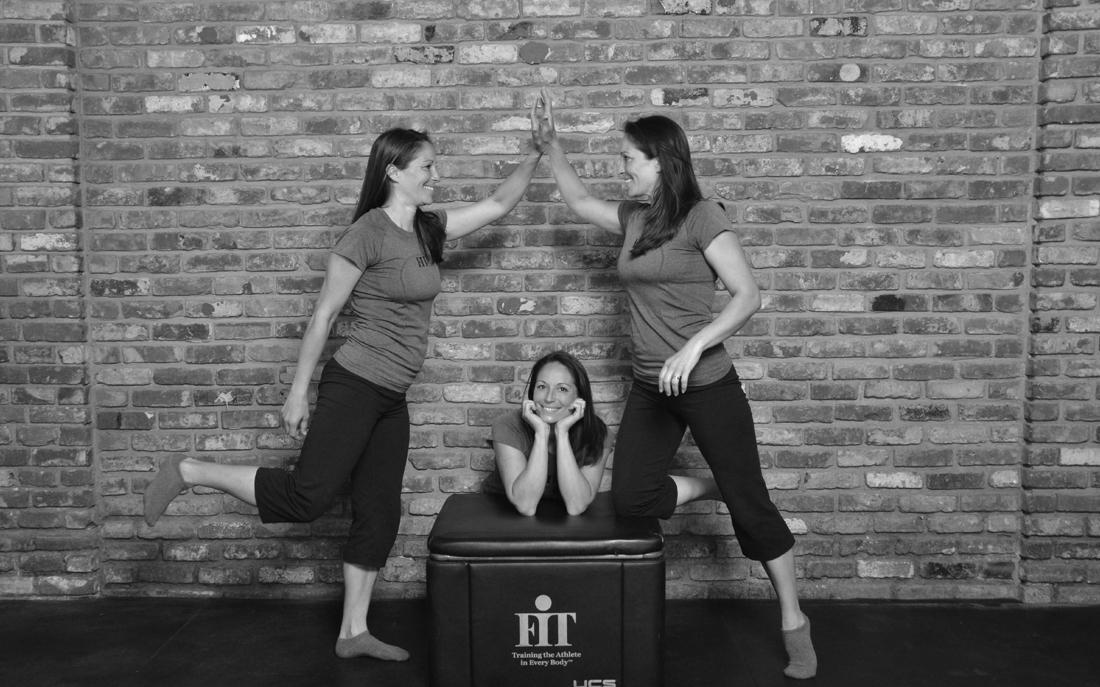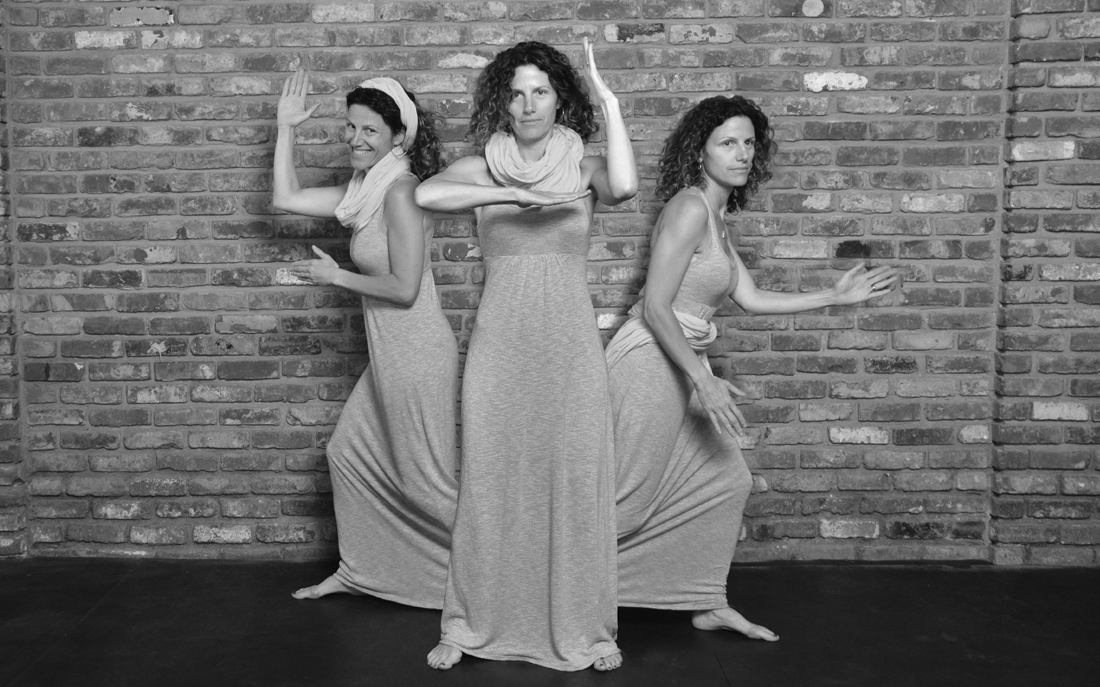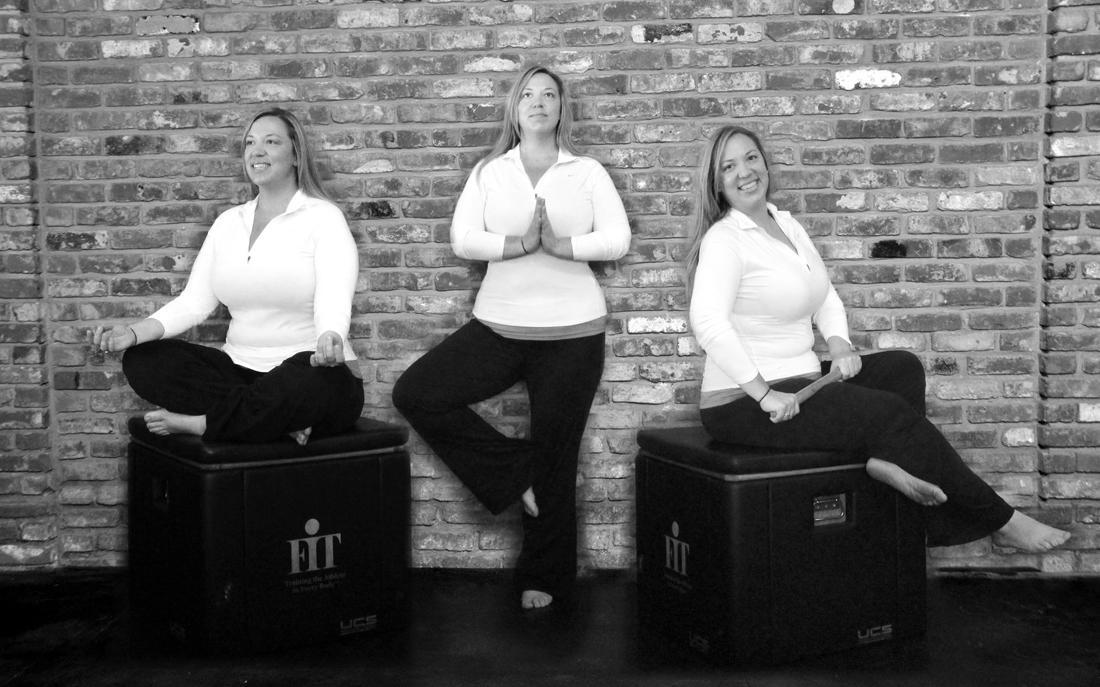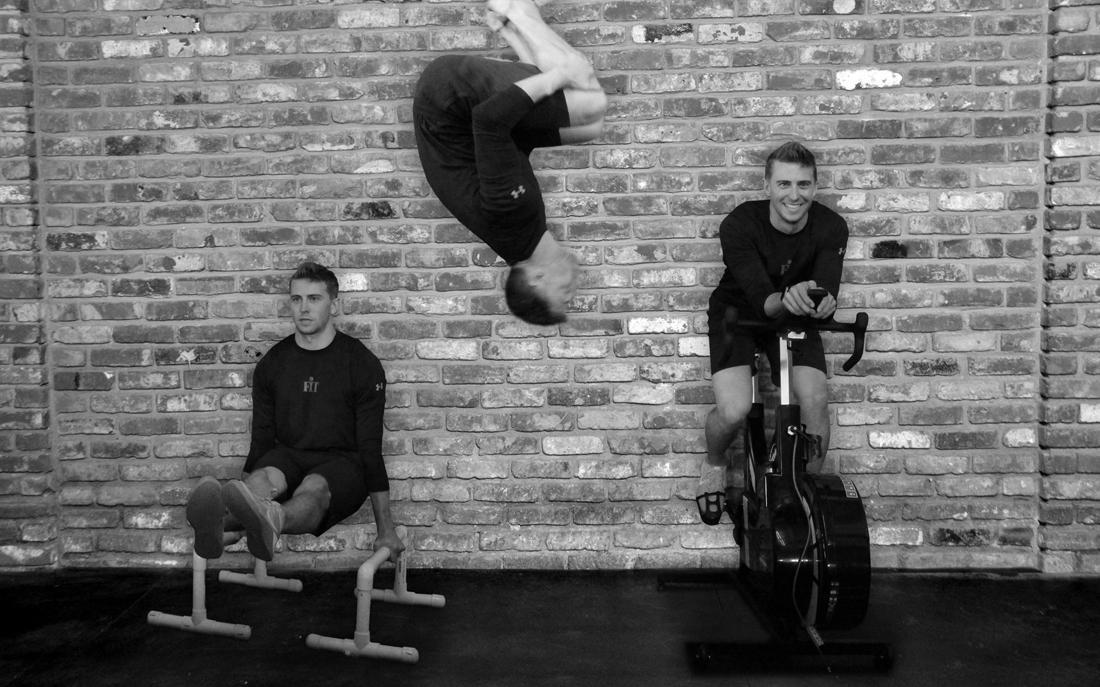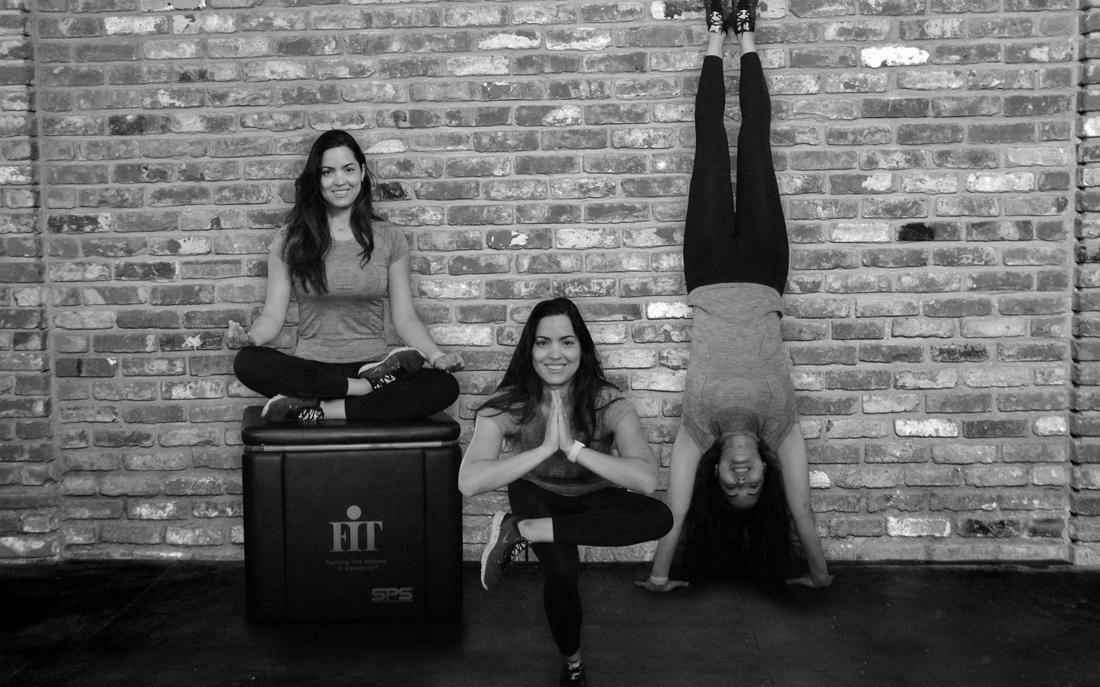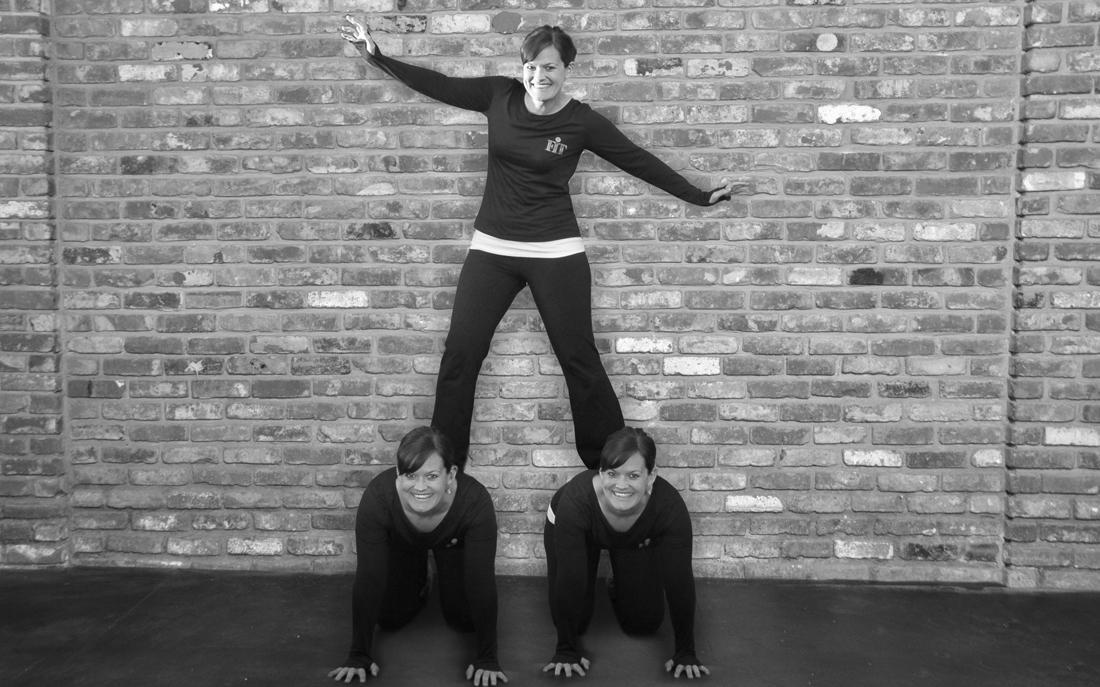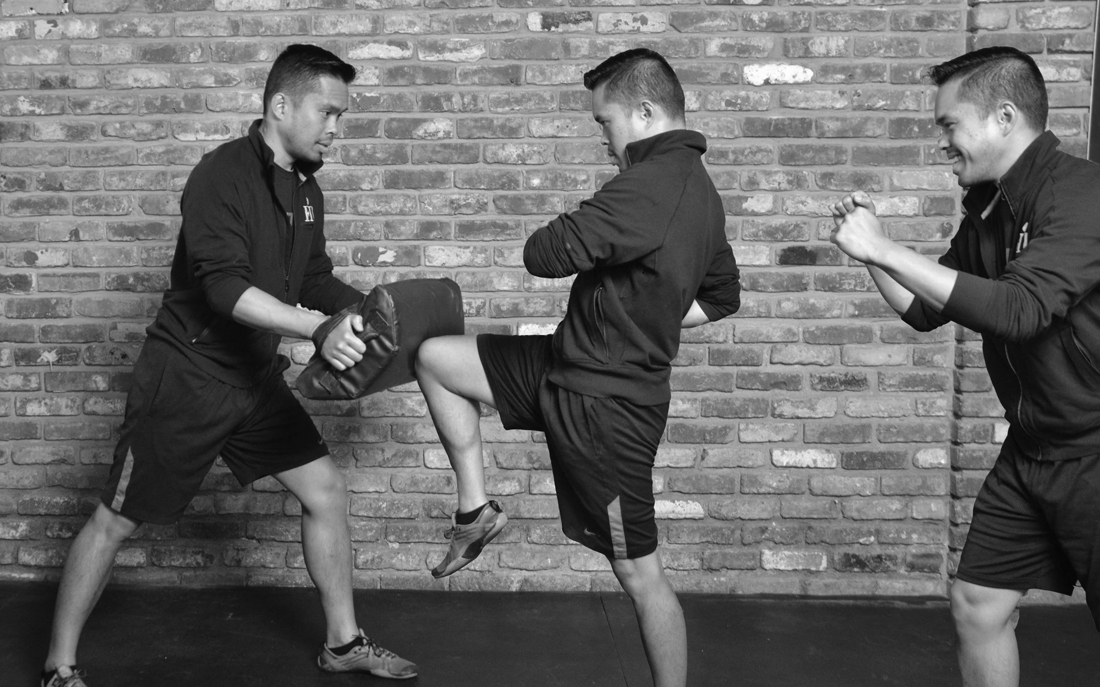Everybody needs beauty as well as bread, places to play in and pray in, where nature may heal and give strength to body and soul. – John Muir

Last weekend I watched The Science of Healing a PBS special from 2009 that followed Dr. Esther Sternberg to a tiny village in Greece where she experienced, first hand, the healing power of nature. This experience had a profound effect on Dr. Sternberg and sparked an exploration into the science behind environment, emotions and healing.
A variety of interesting research was introduced on visual stimuli, built environments, aromas, social connections, exercise, music, and meditation. Stress was the common characteristic among these studies. It seems that environments that reduce stress contribute to healing. One of the benchmark studies presented in this program was from 1984. The researchers examined the restorative effects of natural views on patient surgery recovery. Between the years 1972 and 1981 cholecystectomy patients in a Pennsylvania hospital were assigned to either a room with a window over looking a nature scene or a brick wall. The patients with the tree view had shorter postoperative hospital stays, received fewer negative evaluation comments in the nurses’ notes, took fewer pain relieving medications, and had slightly less minor postoperative complications. Although the researchers recognized that the results could not be generalized to all surgeries or all built environments (the brick wall was a less than stimulating view) the results implied that hospital design should consider the quality of the patients views for restorative benefits (Ulrich et al., 1984).
Here are some additional research tidbits presented in this program:
- Good smells. Aromas, such as clean mountain air, are associated with good memories and positive emotions. This results in a reduced stress response and promotes feelings of calm and relaxation.
- Become fit. Physically fit individuals have a better stress response. Regular exercise promotes acute stress, which prepares our bodies to handle higher levels of stress more effectively and strengthens the immune system.
- Feel the beat. Music provides a stress buffer and increases heart rate variability (the beat-to-beat alterations in heart rate). Low heart rate variability is associated with depression, poor health, and high stress. High heart rate variability is associated with better emotional and physical health, and reduced risk of stress-related disease.
- Think yourself well. The placebo effect is the brains own healing mechanism. Believing in the positive effects of the treatment produces chemical changes in the brain that allow the body to heal.
- Take 10. Meditation or breathing awareness produces a reduced stress response and boosts the immune system. Even as little as 10 minutes a day has positive health benefits.
Dr. Sternberg concluded her exploration with some personal insight into the effects of slowing down and embracing the rhythm of life in the Greek village. She resolved to include more time in nature and exercise into her daily life and to embrace more stress reducing activities, such as listen to music and socializing with friends. Sometimes we need to step away from our life to see how we can live more fully.
Reference:
Ulrich et al., 1984. View through a window may influence recovery from surgery. Science, 224. DOI: 10.1126/science.6143402
